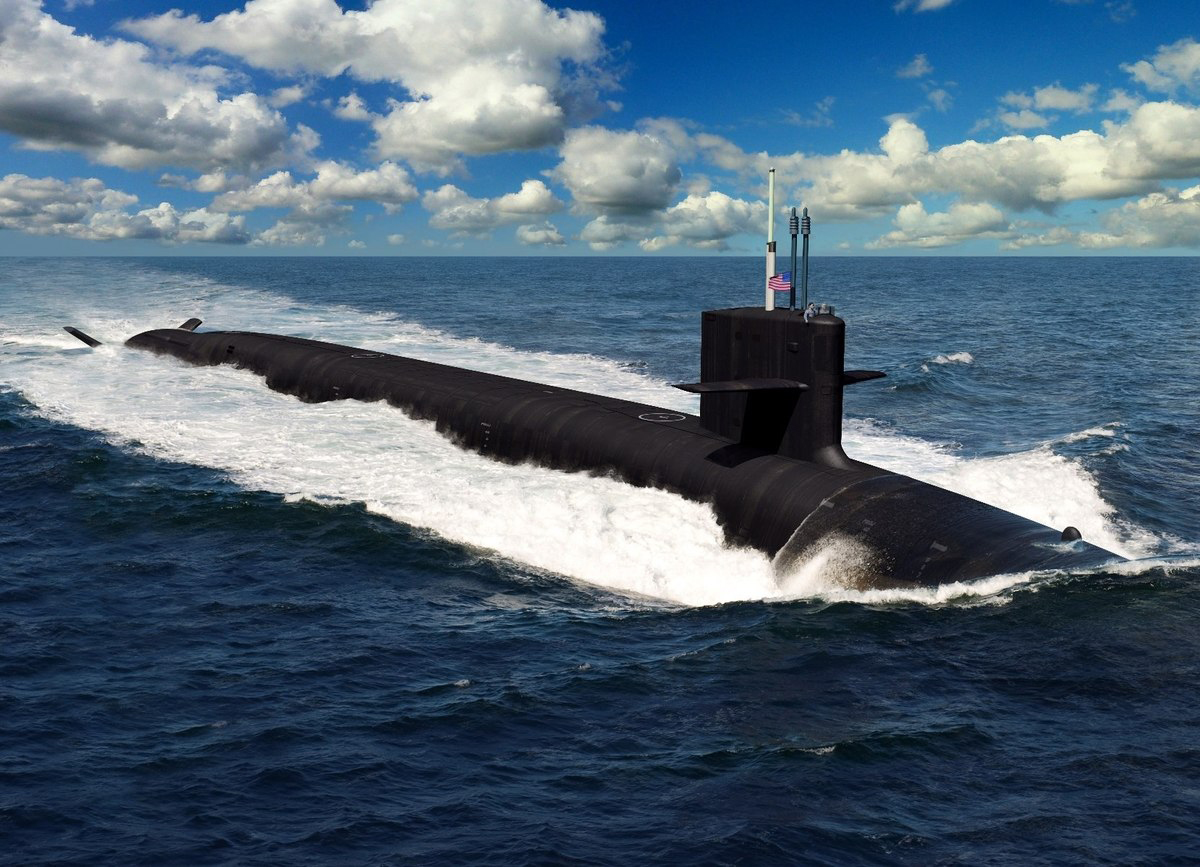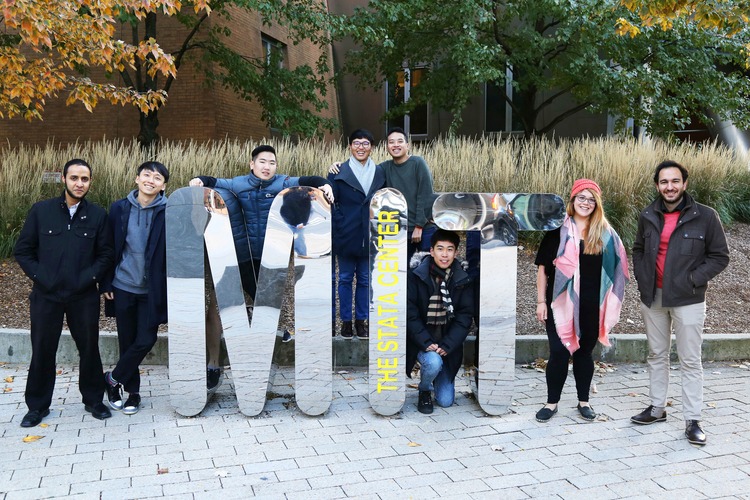Why Can’t Submarines Talk to Airplanes?
-
-
Slice of MIT
- 3
Filed Under
Recommended

We live in an age when cars can drive themselves, batteries can power airplanes, and NASA can teach astronauts to walk on the moon using virtual reality. Yet a deeply submerged submarine still can’t effectively communicate with anything above water. For a naval submarine to communicate with its base or an aircraft, it needs to surface—or at least rise enough to send up an antenna—thus jeopardizing the security of the vessel. Assistant Professor at the Media Lab Fadel Adib SM ’13, PhD ’17 wondered if his background in wireless communication could lead to a solution.
“Typically, when you design wireless signals, you design them to work in one domain,” says Adib. “Underwater submarines use sound—SONAR—to communicate. In the air, you use radar, or radio signals like Wi-Fi or cellular, or even GPS. None of these works well in the other medium. A wireless signal sent from a submarine just won’t reach beyond the surface.”
Rather than viewing the surface as a barrier, however, Adib saw how it could be a tool. “When you transmit sound waves under water and these waves reach the surface, they actually cause a small vibration,” he explains. Although the vibration is only a millionth of a meter, Adib has developed a way to detect and interpret the movement. “By isolating the low-frequency changes happening from natural surface movements or currents from the ones that are happening from the artificial source transmitted from under water, a communication loop can be created.”
Although the technology is still in the early stages, the results are promising, and the US Navy agrees: Adib and his Signal Kinetics research group in the MIT Media Lab received one of the Office of Naval Research’s 2019 Young Investigator awards, funding further development. Not only is the technology valuable for submarines, it could enable underwater scientific research of greater duration and at greater depths, including monitoring of the effects of climate change on marine life.
Adib did his graduate work at MIT’s Computer Science and Artificial Intelligence Laboratory (CSAIL), supervised by Professor of Electrical Engineering and Computer Science Dina Katabi SM ’99, PhD ’03. Adib’s research on using Wi-Fi to “see” through walls earned him best master’s thesis in computer science at MIT in 2013 as well as the best doctoral dissertation in computer science at MIT in 2017 and the SIGMOBILE dissertation award, which honors the world’s best doctoral dissertation in wireless networks and mobile computing. Now, his new research group at the Media Lab specializes in wireless technology communications and networking, with a focus on autonomous systems and biomedical sensing. In addition to the underwater-to-air project, the group is gaining recognition for its work using wireless signals to detect food contamination inside closed containers, power mini medical implants, and help robots track moving objects with unprecedented precision.
“When I started as a faculty member at MIT, I decided I did not want to just focus on using wireless signals to sense people through walls, but as a way to sense all of the environment,” says Adib. “My goal is to build new kinds of wireless systems, algorithms, and technologies that can fundamentally transform what we think is possible. With wireless signals, we can augment our bodies and environments and do things that humans could not do before.”

Fadel Adib (right) runs the Signal Kinetics group, where he works graduate students and postdocs








Comments
John Mack
Sat, 02/23/2019 4:20pm
(No subject)
Hi Fadel,
I served on a US Navy submarine in the 1960's. We were able to communicate while submerged by floating an antenna on the surface of the water. The drawback to this was that we could not be very deep in the water and thus less safe. It seems your approach could allow for a super slim antenna wire of several thousand feet in length to be floated as a very small, undetectable point source on the surface to communicate through the air.
Good luck with your project!
John Mack '73
Thomas Hafer
Mon, 02/25/2019 3:19pm
(No subject)
One little problem - in realistic environments (eg the ocean) the signal is bound to be very noisy. if you transmit in plaintext (regular english) you may be able to make out the message if every 10th letter is messed up. But submarine signals will likely be heavily encrypted, and will be decrypted into gibberish. You will need so much error correction that it may turn out to be impractical.
Kim O'Brien
Sat, 03/02/2019 4:49am
MIT Stands with the US governments Nuclear War Planners
Much as the time of Vietnam. MIT and its faculty see nothing wrong with helping give the US government the tools needed to fight nuclear war by submarine. I'm sure the faculty can feel proud to be taking food from the mouths of hunger children in Yemen so a few rich investors can be masters of the universe.